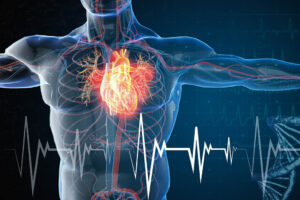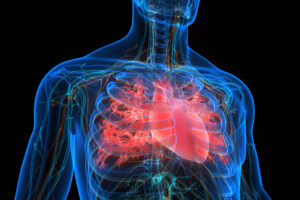Molecular hydrogen affects body composition, metabolic profiles, and mitochondrial function in middle-aged overweight women
Abstract
Background
Molecular hydrogen (H2) effectively treats obesity-related disorders in animal models, yet no studies have investigated the effectiveness and safety of H2 for improving biomarkers of obesity in humans.
Aim
In this double blind, placebo-controlled, crossover pilot trial, we evaluated the effects of H2 intervention on body composition, hormonal status, and mitochondrial function in ten (n = 10) middle-aged overweight women.
Methods
Volunteers received either hydrogen-generating minerals (supplying ~6 ppm of H2 per day) or placebo by oral administration of caplets for 4 weeks. The primary end-point of treatment efficacy was the change in the body fat percentage from baseline to 4 weeks. In addition, assessment of other body composition indices, screening laboratory studies, and evaluation of side effects were performed before and at follow-up. Clinical trial registration www.clinicaltrials.gov, ID number NCT02832219.
Results
No significant differences were observed between treatment groups for changes in weight, body mass index, and body circumferences at 4-week follow-up (P > 0.05). H2 treatment significantly reduced body fat percentage (3.2 vs. 0.9%, P = 0.05) and arm fat index (9.7 vs. 6.0%, P = 0.01) compared to placebo administration, respectively. This was accompanied by a significant drop in serum triglycerides after H2 intervention comparing to placebo (21.3 vs. 6.5%; P = 0.04), while other blood lipids remained stable during the study (P > 0.05). Fasting serum insulin levels dropped by 5.4% after H2 administration, while placebo intervention augmented insulin response by 29.3% (P = 0.01).
Conclusions
It appears that orally administered H2 as a blend of hydrogen-generating minerals might be a beneficial agent in the management of body composition and insulin resistance in obesity.
See original article at Springer Link










